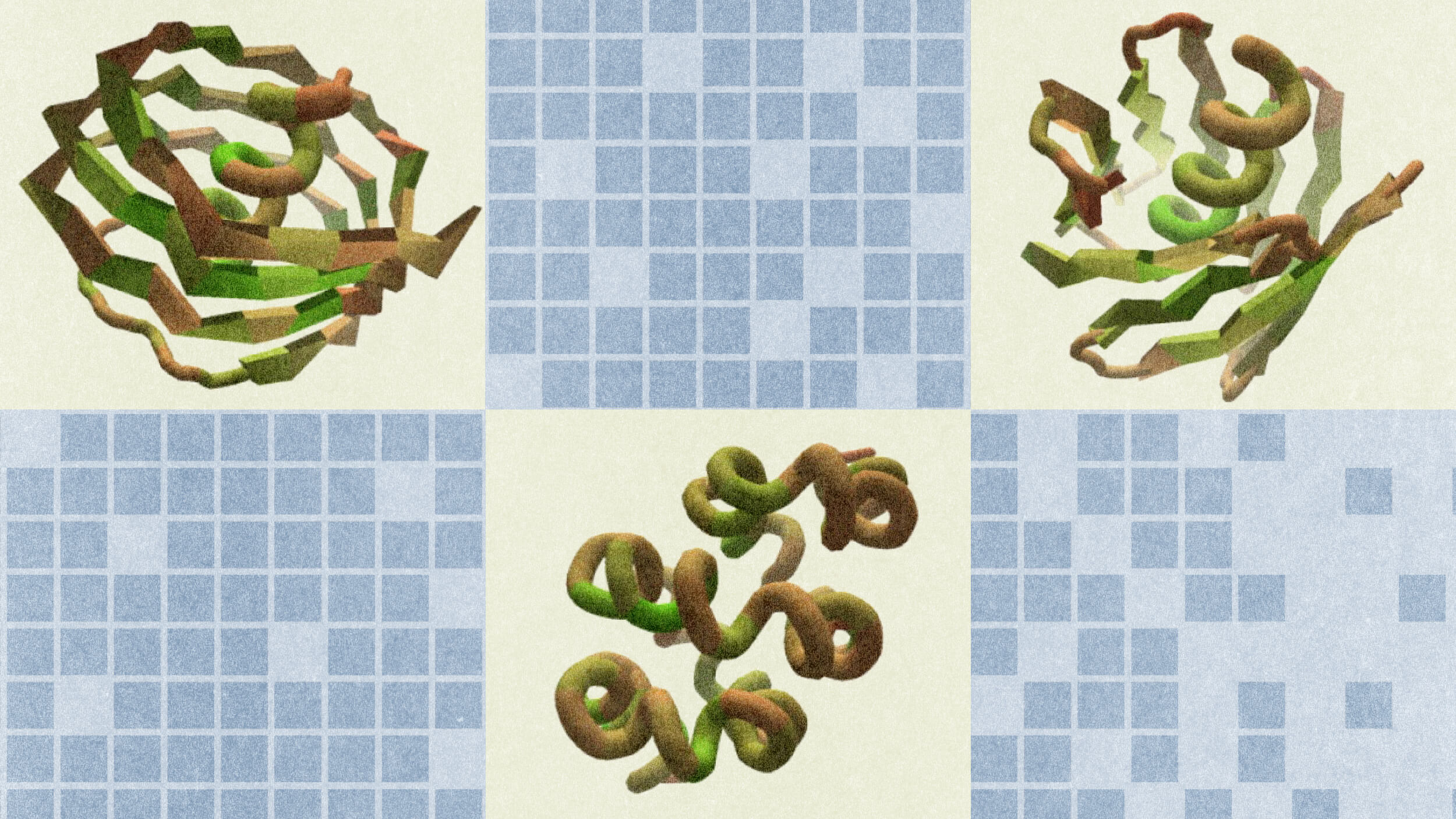OK, Paul Davies admits it’s a “crazy idea.” But if we want to improve our search for ET, it’s the kind of idea we might need.
Question: What future technologies might rnenhance the searchrnfor extraterrestrials?
rnrnPaulrnDavies: I think we need tornget away from the idea of leaving this to a small and heroic band of rnradiornastronomers and try and spread the burden across the entire scientificrncommunity. I think all thernsciences can contribute, and I’ll give you some examples. rn One of the things that is bafflingrnabout ET, and this is an idea that goes back to Enrico Fermi at the end rnof thernSecond World War is, why haven’t the alien civilizations spread across rntherngalaxy and colonized it or at the very least visited? “Where is rneverybody?” isrnthe way Fermi put it, and so he took that as evidence that there is rnnobody outrnthere, the fact that Earth has not been visited or colonized, that the rnaliensrnhaven’t come here a long time ago is evidence that they’re not out thererneither, but I think one can put a spin on this particular story and say,rn wellrnhow do we know that the aliens didn’t come and it doesn’t have to be rnflesh andrnblood aliens literally stepping out of a spacecraft. Itrn could be their machines or their probes or robots orrnsomething of that sort that they could well have come a very long time rnago, andrnin this game you’ve got to think not in thousands or even millions of rnyears, but hundreds of millions or billions of years, so rnit's that sort of timescale we have to think on, and the question is, rnwould any trace remain of alien activity, say in our solar system, rnafter—let's pluck a figure out of midair—100 million years? If rnyou came back in another 100 millionrnyears from now would any trace of human activity remain? rn The answer is not very much, but therernare some things that we could look for. rnIf ET did pass through the solar system obviously didn’t stop forrn 100rnmillion years what would we find? rnWell there are some things like nuclear waste. Ifrn you dumped nuclear waste that will certainly survive forrnthat length of time. We could gornlook for that. Any sort of largernscale mining or quarrying activities would leave scars although they rnmight bernburied beneath rock strata would still be discernible to a geologist rndoing arnsurvey. We could look for thatrntoo.
rnrnAnd then there is one other idea that is crazy, butrn it’srndear to my heart and this comes back to the message in the bottle rnconcept, sornup to now SETI has been involved in looking for messages that are beingrndeliberately beamed at us and as I’ve explained that’s pretty unlikely, rnbutrnthere is another type of messaging of which the beacon is an example. It’s a one way message. When rnyou put a message in a bottle andrnthrow it into the sea you don’t think to yourself "Well, I expect a rnreply." It’s you don’t know if anybody is everrngoing to find it and certainly don’t know who is going to find it, so rnit’s justrnsort of left to its own devices. rnWell in the same way we might imagine that an alien civilization rnmightrnhave put a message in a bottle for anyone who might find it and that rnanyonerncould be us, could be human beings, so where is the bottle and where is rnthernmessage? I’m open tornsuggestions. One idea I’ve had isrnthat maybe the bottles are living cells, terrestrial organisms and that rnthernmessage is encoded in DNA. Virusesrnare continually infecting organisms on Earth and uploading their DNA rninto therngenomes of those organisms, so there is a well understood pathway for rngettingrninformation into DNA. We’rernlittered with it. Our own genomesrnhave got huge amounts of this junk that has climbed onboard from virusesrn overrnevolutionary history, so if viruses can to it ET can do it and it seems rnto mernthat we could in addition to scouring the skies for radio waves with a rnmessagernencoded we could scour terrestrial genomes, which are being sequenced rnanyway, tornsee if there is a message from ET encoded in it. Yourn know, it could be some striking string of nucleotidernbases, the famous four letter alphabet that is the language of life, thern A’s,rnG’s, C’s and T’s in the DNA. Itrnmight just spell out some sort of message that would attract ourrnattention. Now of course this is arncrazy idea. I’m not actuallyrnsuggesting that there really is a message from ET in genomes. What I’m saying is that is the type ofrnthinking we need. Maybe it is nornmore crazy than expecting it to be etched into radio waves coming from rnthe sky.
Recorded April 15, 2010
rnInterviewed by Austin Allen





